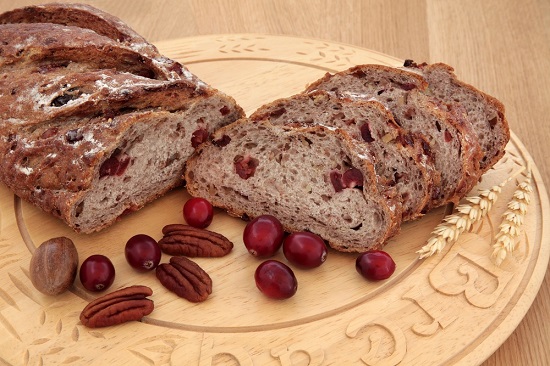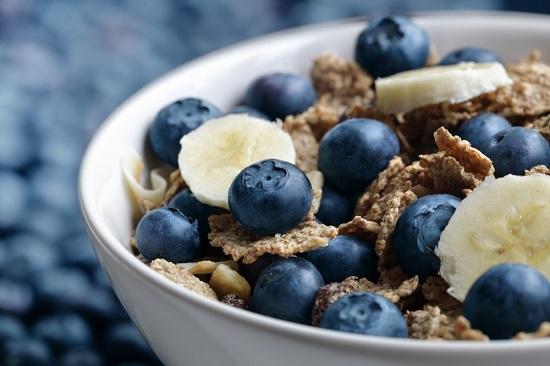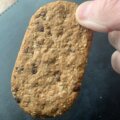Asthma is known to affect millions of people worldwide. It can be triggered by various environmental factors including dust mites, animal fur, smoke and even pollen. For asthmatic patients, the airways in the lungs are very sensitive to irritation and may become inflamed easily, making it harder to breathe. This condition cannot be cured, but it can be managed effectively through the use of asthma inhalers, the most widely prescribed form of treatment. Inhalers provide a dose of preventative or relieving medication directly to the lungs to relax the airways.
How else can patients manage their symptoms better?
Recent studies published in Nature Medicine have reported that vegetables and wholegrain foods may be effective for treating asthma. According to tests carried out on mice, a diet rich in fibre may help reduce inflammation in the lungs, which is one of the primary symptoms of asthma. It is said the increase of processed food consumption may be contributing to the development of this condition.
Researchers have suggested that an answer may be in making a simple dietary change. Consuming foods high in fibre allows a certain kind of bacteria in the stomach to thrive. Bacteria that can feed on soluble fibre produce more short chain fatty acids, which are easily absorbed into the blood. In the tests carried out on mice, it was found that these fatty acids acted on the immune system making the lungs more resistant to irritation. Although the results are not conclusive, this should come as positive news for asthma patients. By adding more fibre to their diet, their symptoms may be reduced.
Can eating a healthy diet help asthma patients?
Though no conclusive research has been carried out into this area, some researchers claim there are certain things patients can do to alleviate asthma symptoms. However, almost all researchers agree that there are no miracle diets to cure the condition. Here are six quality sources of fibre that patients can add to their diet:
Wholemeal and wholegrain: Stick to wholemeal and wholegrain labels when buying bread, pasta and rice. These provide a higher source of fibre.
Beans and legumes: Unless they have been coated in sugary sauces, all beans and legumes are a great nutritional choice. They are high in fibre and contain antioxidants.
Nuts: Walnuts, pecans and almonds contain the most fibre.
Oats: Another great source of fibre. Add some of the aforementioned nuts into a bowl of porridge and enjoy a fibrous breakfast.
Fruit and vegetables: One average sized apple alone contains 2g of fibre. Having a diet rich in fruit and vegetables is a basic recommendation for most people.
Jacket potato: eating the skin is the important part. One small jacket potato has around 3g of fibre.
Eating a diet high in fibre is very important for digestive health too because it helps with weight loss and lowering cholesterol levels. According to NHS recommendations, people should be eating 18g of fibre on a daily basis. However recent stats have shown that most people only eat 14g.














Leave a Reply